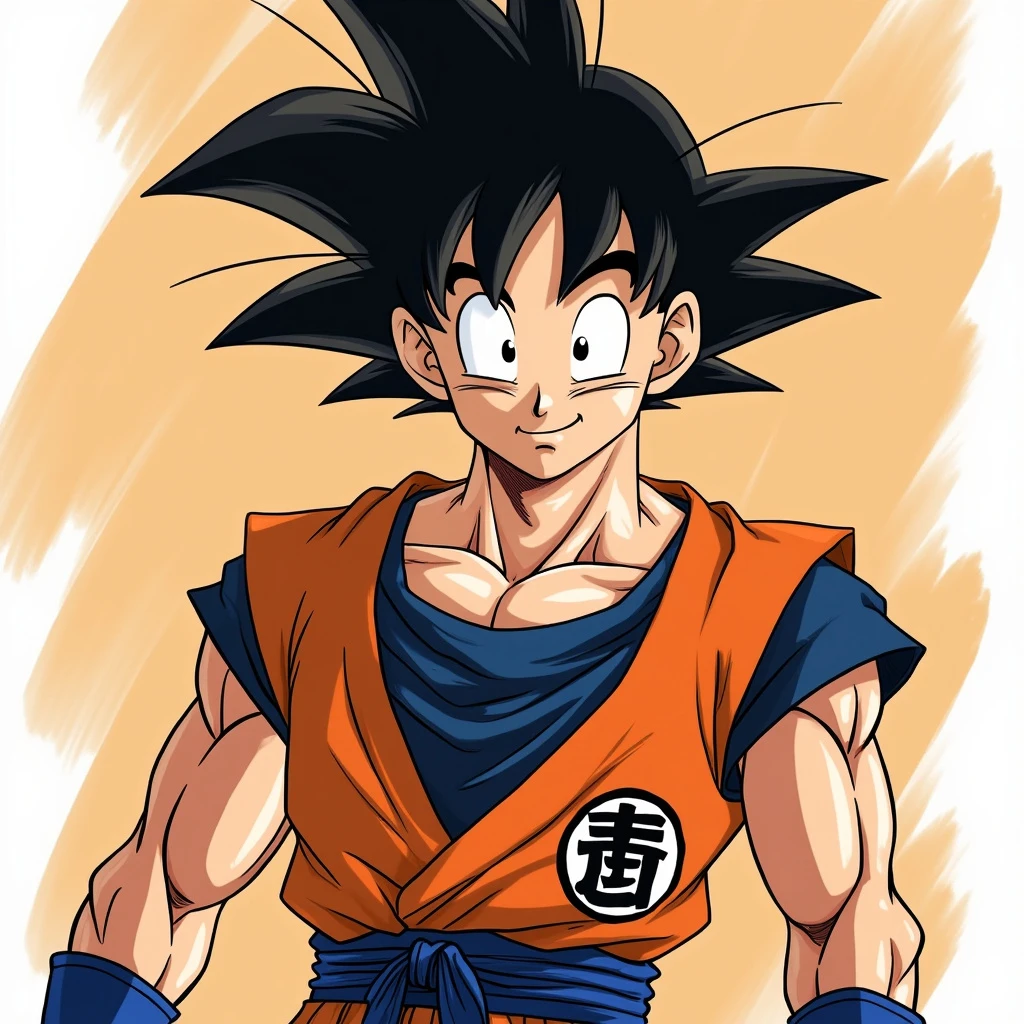In a live- action portrayal of Son Goku by Zac Efron, he would embody a modern, athletic version of the character. Efron’s muscular build suits Goku’s powerful physique, and his hair would be styled into Goku’s signature spiky look, likely with a realistic, tousled texture and dyed dark. He would wear Goku’s iconic orange and blue gi, tailored to fit while retaining the traditional martial arts style, with the “turtle” kanji symbol displayed prominently. Efron’s expression would mix Goku’s confident, lighthearted personality with determination, balancing the character’s fantastical elements with grounded realism. Overall, Efron’s portrayal would aim to capture Goku’s essence for a modern audience
FLUX.1 [pro]
21
0
Safe
Guidance 3
Seed 5778700262875855
Steps 25
Public























![a magazine cover named [Gila- Gila] with caricature art depicting about a man who late for work chasing a yellow bus,](https://img.fluxpro.art/sig/width:300/quality:85/aHR0cHM6Ly9yMi5mbHV4cHJvLmFydC9jbHp3OHp0aW0wMjhiZHQybnl6MzB3enJrLzAud2VicA==)